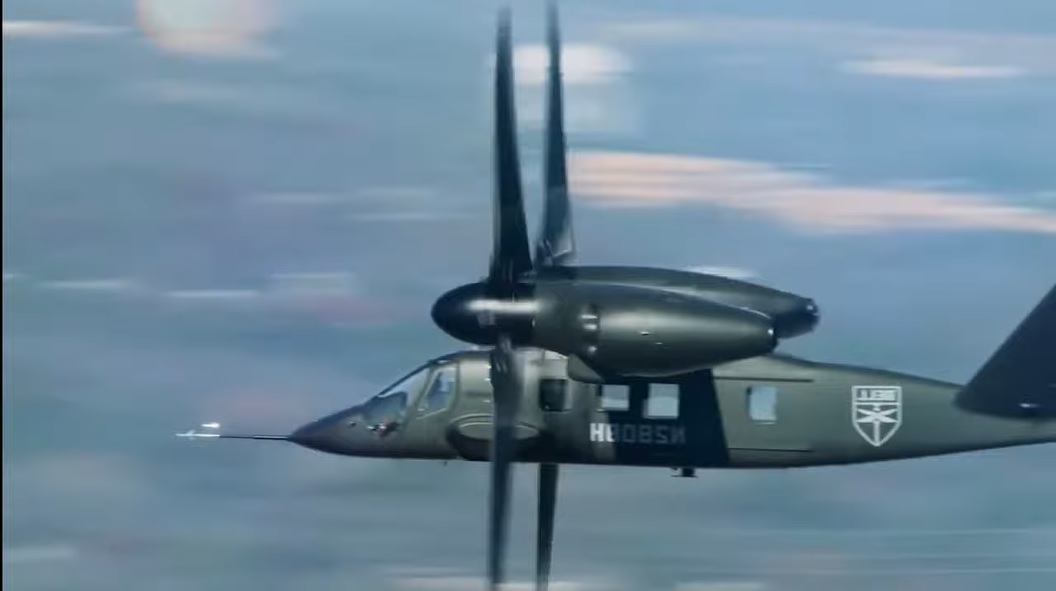The above pictures are showing three modes of V-280 Valor: hover or VTOL/hover mode, transition mode from VTOL to flight, and flight/air plane mode. As we may see, there is a CG shifting in that conversion, its CG must be shifted backward to compensate the weight of the two rotors and their supporting cases. I guessed its CG is exactly at the rotors' interconnecting shaft. But when the rotors are tilted forward, the CG must be shifted backward as the load-factor of the rotors/propellers are changed significantly. Indeed, during the tilting forward, the front side load maybe supported by the thrust generated by the rotors/propellers. But after they are inline to the fuselage, no more thrust can compensate. As we know, the tilt rotor of V-280 Valor is different than tilt rotor of V-22 Osprey, which with the V-22, the engines themselves also involved, they are tilted backward-up so the CG remains in its location.
My question then, how does the V-280 Valor maintains its Center of Gravity (CG) when it is converted from helicopter (hover) mode to plane (flight) mode?




